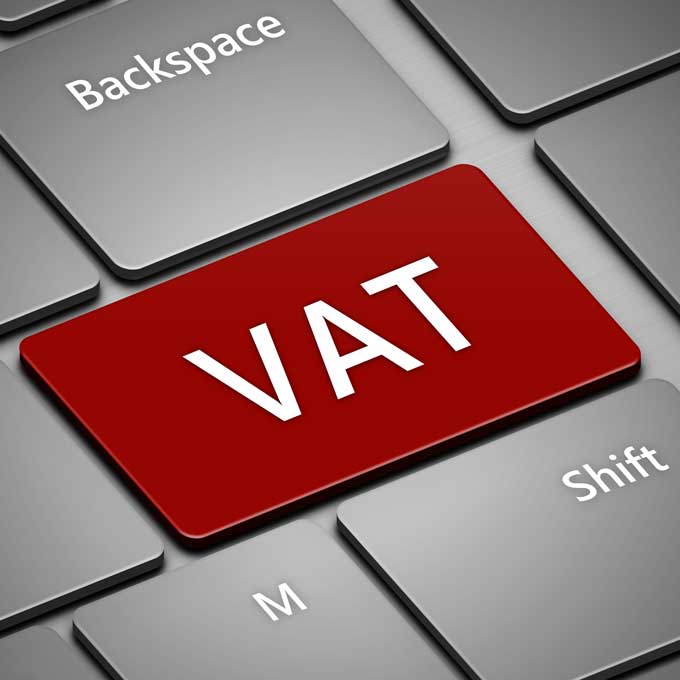Municipal debt – Four facts
Eskom announced earlier this year that it would roll-out power cuts to several defaulting municipalities. The inability of certain municipalities to honour debt payments, has been a thorn in the flesh of local government administration. The following are a few key facts about municipal debt, from Statistics South Africa’s latest Financial census of municipalities (FCM) report.
Fact 1: Free State municipalities experienced the biggest rise in debt
Total South African municipal debt increased by 6,8% in 2016/17 compared to 2015/16. Municipal debt, which includes monies owed to municipal lenders, suppliers and other creditors, amounted to R 225,8 billion in 2016/17, an increase from the R 211,4 billion recorded in the previous financial year.
Municipalities in Free State saw their debt rise by 26,8%, followed by Northern Cape (increased by 19,3%) and Mpumalanga (increased by 15,1%). Western Cape and KwaZulu-Natal experienced the lowest increases.
Fact 2: Bank loans contribute 5,8% to total debt
Debt owed to creditors, which include registered suppliers and service providers such as Eskom and the Water Boards, contributed 43,0% to the total municipal debt in 2016/17. The debt for trade creditors is mainly for goods and services purchased on credit. Also included in that amount are credit balances in consumer debtors, amounts received in advance for services still to be rendered, consumer deposits, retentions and accrued interest.
Provisions (contributing 13,1%) largely include the provision for bad debts, unspent conditional grants (deferred income) and leave pay-outs. Loans from the Development Bank of Southern Africa (DBSA), which are mainly used for infrastructure acquisitions, contributed 10,9%. Retirement benefits contributed 9,8%. This includes pension benefit obligations that are due to municipal employees upon retirement.
Bonds contributed 8,1% of the debt pie. Of South Africa’s 257 municipalities, only four metropolitan councils (i.e. Johannesburg, Cape Town, Tshwane and Ekurhuleni) have issued bonds.
Bank loans contributed 5,8%. The four largest commercial banks (i.e. First National Bank, ABSA, Standard Bank and Nedbank) were the major players. The Infrastructure Finance Corporation Limited (INCA) was previously also a notable lender, although it is no longer granting new loans to municipalities.
Other payables contributed 18,3%, and this included Value Added Tax (VAT) due to the South African Revenue Services (SARS), bank overdraft facilities arranged by banks for municipalities and finance lease obligations.
Fact 3: Four metropolitan municipalities are responsible for almost half of total debt
Together, South Africa’s eight metropolitan municipalities contributed almost two-thirds to municipal debt, amounting to R 142,2 billion in 2016/17, followed by local municipalities at 32% (or R 72,8 billion). District municipalities accounted for the remaining 5% (or R 10,8 billion). This is not surprising, as most district municipalities provide an administrative role and are not involved in procuring services such as electricity, water, refuse removal and sanitation.
The metropolitan municipalities of Johannesburg, Tshwane, eThekwini and Cape Town contributed 49% to local government liabilities in 2016/17. Together, these four cities have a population of almost 17 million people, accounting for 30% of South Africa’s total population.
Fact 4: Renosterberg Local Municipality has the highest debt-to-income ratio
The debt-to-income ratio is the amount of debt divided by annual income. A high debt-to-income ratio can raise the risk profile of a municipality, making it more difficult for a municipality to obtain funding from creditors. It must be noted that the total income for municipalities includes capital transfers or grants that make it slightly higher than operational income (i.e. income received in the form of property rates and service charges). Should these be excluded, the ratios would be slightly higher across the board.
Municipalities with low debt-to-income ratios (blue and green on the map), are in predominantly rural provinces such as the Eastern Cape, KwaZulu-Natal and Limpopo. Municipalities with high debt levels are scattered across six provinces. Seven municipalities with a debt-to-income ratio higher than 1 are in the Free State. The municipality with the highest debt-to-income ratio is Renosterberg in the Northern Cape (6,25).
When interpreting the debt-to-income ratio, one should keep in mind that there are many factors at play, such as the powers and functions that differ across different types of municipalities (as mentioned above), accessibility to finances, cash flows, and the state of the regulatory environment.
Outstanding Creditors: Eskom & Water Boards
In April 2018, Eskom had reported that debt stood at R 13.5 billion. Over 12 months during the 2017/18 financial year, municipal debt increased by 40% or R 4.16 billion, according to Eskom’s Group Executive of customer services.
They explained that interdicts were not brought by municipalities but by businesses, organised communities and individuals asking for Eskom not to interrupt power supply as it affects their businesses and livelihoods.
In February 2018, the Department of Water and Sanitation indicated that it is owed R 11 billion by municipalities and Water Boards.
The Department said the debt was “reflective of the constrained environment within which the department has found itself”.
“Municipal debt is increasing at an average rate of R 1 billion year-on-year and with a declining fiscal allocation from the fiscus to the Department…”
The Cash Flow Effect of VAT on Bulk Services
Section 84 of the Municipal Structures Act No. 117 of 1998 divides the functions and powers between district and local municipalities as follows:
(1) A district municipality has the following functions and powers:
(a) …
(b) Potable water supply systems.
(c) Bulk supply of electricity, which includes for the purposes of such supply, the
transmission, distribution and, where applicable, the generation of electricity.
(d) Domestic waste-water and sewage disposal systems.
Section 15(1) of the VAT Act, No.89 of 1991 reads:
“Except as hereinafter provided, every vendor shall account for tax payable on an invoice basis for the purposes of section 16.”
By that token, both Eskom and the Water Boards would have accounted for VAT on the invoice basis and the Commissioner would have received any amount of Output VAT due in respect of their services rendered.
Section 15(2) of the VAT Act, 1991 reads:
Subject to the provisions of subsections (2A) and (3), the Commissioner may, on application in writing by a vendor, direct that the vendor account for the tax payable on a payments basis for the purposes of section 16 with effect from the vendor’s registration in terms of this Act or, where he has accounted for tax payable on an invoice basis prior to making an application under this subsection, from the commencement of the tax period immediately following the tax period during which that direction is made by the Commissioner (hereinafter referred to as the changeover period), if-
(a) the vendor is-
(b) a municipality;
Municipalities, however, are only entitled to Input VAT deductions to the extent of payments made. While some may argue the point of unjustified enrichment, in our view, there is enough reasoning in support of the Commissioner exercising his discretion for the relaxation of the specific condition attached to section 15(2A) in favour of municipalities.
Section 15(2A) of the VAT Act, 1991 reads:
“Any vendor (other than a public authority or municipality) who in terms of subsection (2) accounts for tax payable on a payments basis shall, in respect of any supply made on or after 5 June 1997 of goods (other than fixed property) or services in respect of which the consideration in money is R100 000 or more, account for the tax payable on an invoice basis.”
The impact of such discretion would bring much needed relief to municipalities in South Africa, with the intention of unlocking and utilising the additional Input VAT credits against the settlement of bulk services debt and reducing the impact of incurring fruitless and wasteful expenditure on interest charges. This would equate to an estimated R 3 billion in additional cash flow for municipalities just on bulk electricity, water and sanitation.
The implementation of this model is currently being investigated and further consultation between MaxProf, various controlling bodies and SARS are imminent.
Written by Pratish Ramdas
Head of Operations
MaxProf















